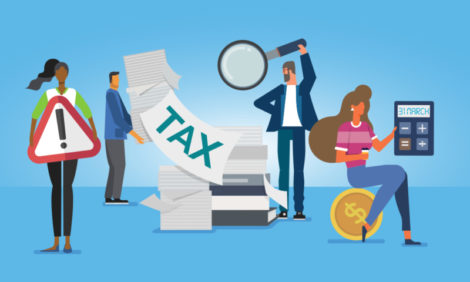
Top Tips for Xero (NZ) Tax

In the lead up to the new financial year, we know the pressures our partners might be feeling about getting everything sorted. So we’ve compiled this checklist for you to make sure you’re in great shape for the coming financial year.
Enable E-File
If you are planning on E-Filing income tax returns, make sure your tax agency has been set up for E-Filing in Xero Practise Manager (XPM), well before 31 March.
Review your client list
Make sure client tax details are up-to-date and that they’ve been assigned to the correct and enabled tax agent.
If you’re sending out tax returns for your clients to eSign, or if you’re emailing out tax payment letters from XPM, make sure client email addresses are up to date.
Check provisional tax settings
In addition to reviewing your client list, check your clients’ provisional tax settings in their 2018 and 2019 Tax Statement screens.
Check your clients’ Tax Statement downloads
When preparing a client’s tax return, make sure to review their Tax Statement downloads from Inland Revenue.
Don’t leave 2018 filing to the 11th hour
E-File as many tax returns as you can prior to 31 March 2019. Make sure they’re E-Filed on time, and successfully, by E-Filing before the due date.
Filing deadline for 2018 returns
As 31 March 2019 falls on a Sunday, you can continue to E-File client tax returns with Inland Revenue up until 1 April 2019.
Understand the error messages
If any tax returns comes back in error, check out what they mean and what you need to do by reading this Troubleshooting tax returns in Practice Manager guide.
Be careful with correspondence
When preparing a correspondence in XPM, do not include any symbols. Symbols (eg, & % ” @ $) are not accepted, and will cause your entire batch of returns to bounce back in error.
Double-check terminal tax
Run the “Terminal Payment Checking Report”. This compares your client’s current IR statement balance, with the amount on the terminal tax reminder notice you’ve approved in the system.
Check your spam folder
Some email providers use high-level email spam filters which can stop genuine emails being delivered successfully, or to the right email inbox. Depending on the email provider, we recommend designating incoming Xero emails (from @xero.com and @post.xero.com) to your whitelist/safe sender list.
It’s also a good idea to remind your clients to regularly check their spam or junk mailbox to ensure no emails that you’ve sent from Xero are sitting in these inboxes.
Don’t forget your Student Loan Overseas based borrowers
Run the “Student Loan Overseas based borrowers Report” which will help you identify overseas based borrowers, This way you can remind them that they may have payments due on 31 March 2019.
Get ready for the new year
You can start preparing 2019 tax returns in March 2019. However, these will not be processed until Inland Revenue is ready. We’ll keep you posted!
ALERT – myIR services unavailable from 18 – 26 April
As you may have already heard, Inland Revenue (IR) will be shutting down most systems from the afternoon of 18 April to the morning of 26 April. As part of their Business Transformation project, IR will be migrating Income Tax, Working for Families and many other tax types and systems to their new platform.
What this means for you and using Xero Tax
Once myIR is back online, we will download, verify and process all the migrated transactions. We expect this work to take up to a week (until 2 May). While Xero Tax will remain online throughout this time period, we cannot guarantee the integrity of our payment calculations as all Income Tax calculations will need to be recalculated using START data.
We strongly recommend that all provisional notices are finalised and sent before Thursday 18 April to ensure minimal disruption.
All other parts of Xero Tax should be fine to use:
- Income Tax return preparation and filing
- GST return preparation and filing
- AIM Statement of Activity filing
- General enquiries
The post Top Tips for Xero (NZ) Tax appeared first on Xero Blog.
Source: Xero Blog






